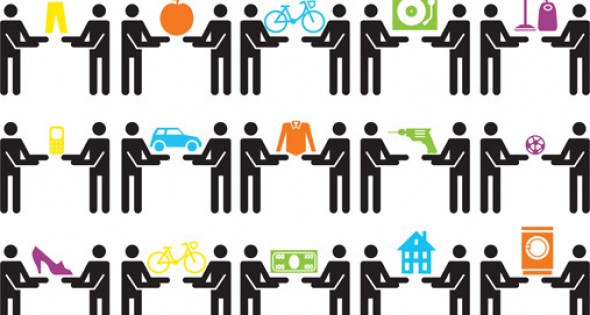Two Pillars of the Community / Sharing Economy

Frequency and Density.
An idea that encompasses one without the other is just not the same and if neither is present there is little, if any, chance of success for entrepreneurs looking to build the next great company in the community/sharing economy.
In the day and age of Uber and Lyft, we often hear “we are the Uber of XYZ…”. But what does it mean to successfully identify the next “Uber of XYZ”. Before we touch that topic, let us test the concept of frequency and density for ridesharing.
- Frequency: What if only a few dozen people a day needed a ride from Point A to Point B instead of the thousands or tens of thousands that utilize ridesharing apps everyday to get from one place in a city to another. Would there be enough demand for crowd-sourced drivers to make meaningful extra income and provide the capacity availability necessary to attract passengers? The most likely answer is no. Without enough frequency of use, it is often times difficult to recruit the “crowd” supply dynamic that needs to be in place to service the demand when needed.
- Density: What if there were a thousand potential passengers per day but their pickup and drop-off points were all across the state of California. How would you insure that there was a driver available in the area of the passenger within a reasonable time period? How would you insure that a driver would be willing to take that fare? Without density of demand (as an example — all thousand passengers located in one city and travelling within the city), it would be difficult to build up a fleet of crowd-sourced on-demand drivers that would permit constant capacity availability for all pickup and drop-off points.
Fortunately for ridesharing, market dynamics work in its favor, there is ample demand for passengers needing to get from one place to the next on any given day within each metropolitan area.
Now, lets get back to the “Uber of XYZ” or frankly any concept that is dependent on a local community of providers and users. We can use the simple test of frequency and density that we just discussed to help determine the viability of the idea. Is there enough frequency of use? Is the usage in a concentrated geographic area? Is there and can there be adequate number of providers in the usage areas? If the answers are yes, you can likely move on to the next step and ask yourself “what will it take to build this business?”.

